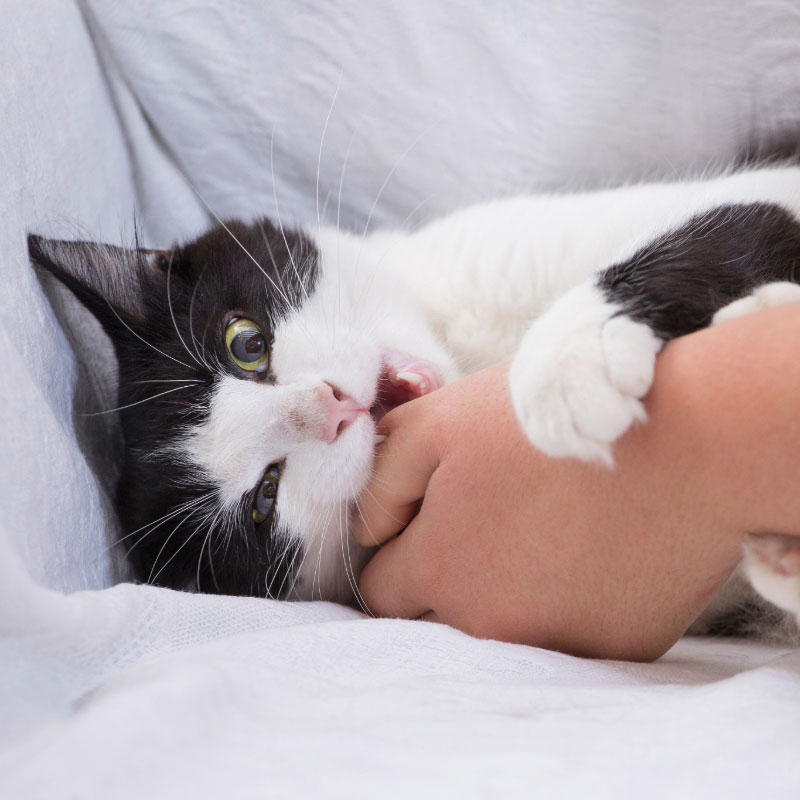Cats, with their charming personalities and independent nature, are beloved members of countless households. However, it’s not uncommon for our feline friends to display less desirable behavior, and cat bites are a topic that often raises questions about their potential dangers. As a general expert, I’m here to provide insights into whether cat bites are indeed dangerous and how to navigate this aspect of feline behavior. Understanding Cat Bites: Cats may resort to biting for various reasons, and it’s crucial to recognize that this behavior is typically a form of communication rather than aggression. Cats may bite when they feel threatened, scared, overstimulated, or in pain. Understanding the context of the bite can help decipher whether it’s a defensive reaction or an expression of discomfort. 

Potential Risks of Cat Bites:
- Bacteria in Cat’s Mouth: Cat bites can introduce bacteria from the cat’s mouth into the wound, increasing the risk of infection. The bacteria present in a cat’s saliva, including Pasteurella multocida, can lead to localized infections.
- Deep Tissue Penetration: Cat bites often involve puncture wounds that may penetrate deep into tissues. These wounds can be deceptive, as they may look minor on the surface but have the potential to cause more significant damage beneath.
- Risk of Abscess Formation: Due to the deep penetration of cat bites, there is an increased risk of abscess formation. Abscesses are pockets of infection that can develop if bacteria become trapped within the tissues.
- Tetanus Risk: While tetanus is not common, it’s essential to consider the risk, especially if the cat bite occurs in an environment where exposure to tetanus-causing bacteria is possible.
What to Do if You’re Bitten by a Cat:
- Clean the Wound Immediately: Thoroughly clean the wound with mild soap and warm water to reduce the risk of infection. Pat the area dry with a clean cloth.
- Apply an Antiseptic: Apply an antiseptic solution to the wound to further reduce the risk of infection.
- Monitor for Signs of Infection: Keep a close eye on the bite for any signs of infection, such as redness, swelling, or increased pain. If you notice any concerning symptoms, contact your healthcare provider.
Preventing Cat Bites:
- Understand Cat Behavior: Learn to recognize your cat’s body language and signals to avoid situations that may lead to biting.
- Provide Enrichment and Stimulation: Engage your cat in interactive play and provide mental and physical stimulation to prevent boredom and frustration.
- Respect Your Cat’s Limits: Be mindful of your cat’s comfort level and avoid overstimulating or forcing interactions.
